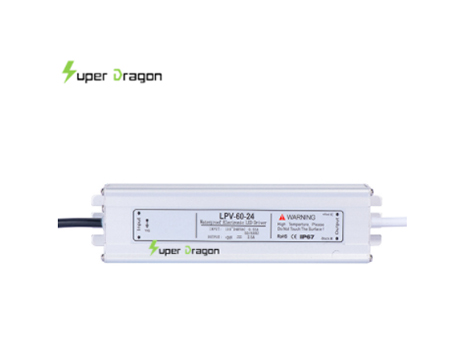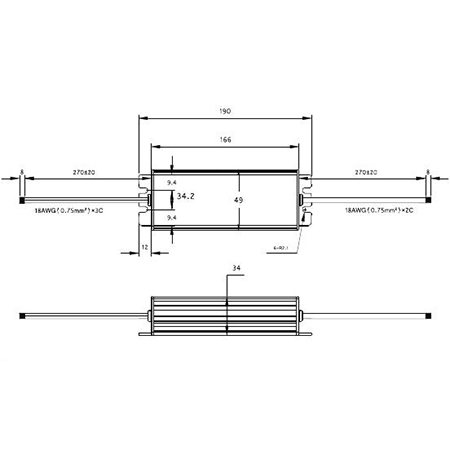The rare thing is that an invention is so important that it can directly or indirectly change almost every aspect of life. Nowadays, PCBs and electronic devices have actually become part of all the devices, systems and equipment that we use in our homes, workplaces and anywhere else. Although the original design has many variations and improvements, the basic functions remain the same.
Switches are used in most electronic circuits and are absolutely essential for power supplies. Linear power supplies usually use diodes, which are also switches. However, switching power supplies or switching mode power supplies usually use transistors because of the need for more precise and effective output control.

The best switching power supply design requirements
When designing a switching power supply, especially when used in digital devices, the control circuit may be complicated and contained in a small switching IC package. In this case, the main design consideration is to ensure that the correct input range is used and that the power supply filter design is sufficient to meet the expected load. At other times, it may also be necessary to design the switching circuit directly. No matter what situation you encounter, please follow the applicable tips below, which will ensure that your design is not only buildable, but also helps your switching power supply manufacturer optimize the efficiency of the manufacturing process.
Ensure efficient switching power supply design and manufacturing
Tips to ensure effective switching power supply manufacturing
Tip 1 Minimize component footprints.
It is usually desired that the switching power supply takes up as little space as possible, especially when used in digital systems. These means minimizing spacing and clearances between footprints.
Tip 2 Minimize the length of the tracking path.
Limiting trace length helps to make your design compact, while also minimizing loss and improving signal integrity.
Tip 3 Ensure copper weights are adequate.
Since your switching power supply can work under a certain range of voltage and power, the trace must be able to carry current under any circumstances in any range.

Tip 4 Perform manufacturing thermal analysis.
When designing the circuit board, it is necessary to ensure a good heat distribution to promote good solder joint quality, and at the same time to ensure that the temperature coefficient of the material is much higher than the temperature that the circuit board will withstand during assembly.
Tip 5 Make sure your selection is within the DFM tolerance of CM.
All your motherboard specifications must comply with CM's DFM rules and guidelines. You can ensure this by taking full advantage of the DFM check.
In order to help you embark on the best path, we provide you with information on switch power inspection and allow you to easily view and download files.
If you want to know more about ensuring the best switching power supply design, contact us.